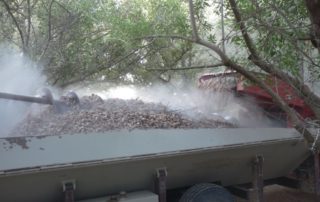E-Commerce is Big for Blue Diamond
Blue Diamond Does Big E-Commerce on Amazon
By Patrick Cavanaugh, AgInformation Network
Mark Jansen is CEO of Blue Diamond Growers. “Three years ago, we were in strategic planning and seeing what was happening and realize that we had to get dramatically better at e-commerce,” he said.
“So, I think if we do this right, Amazon can become one of our top five largest customers within five years. And at the time I believe we were, it was w it was still had a nice business, but it was like our 87th largest customer at that time,” Jansen said.
“So what we did is we over-invested to develop our muscle around e-commerce. We hired away a director of e-commerce from ConAgra, which is a much, much bigger food company,” Jansen said. “I think most people don’t realize that being on a scale basis, working in e-commerce requires many changes within your supply chain and customer service and your web presence. It’s not as easy as just hopping on Amazon and selling something,” he noted.
Jansen said Blue Diamond Growers has worked hard over the last couple of years to fully develop its e-commerce offering. Jansen said they were doubling and tripling their business over the year.
“In this past year, we did that. We more than doubled it again, and certainly, the COVID pandemic accelerated those efforts for us and so Amazon—well it didn’t take five years it was just over three years, became a



















